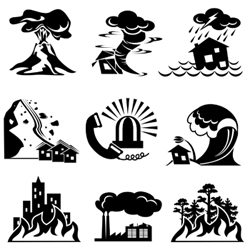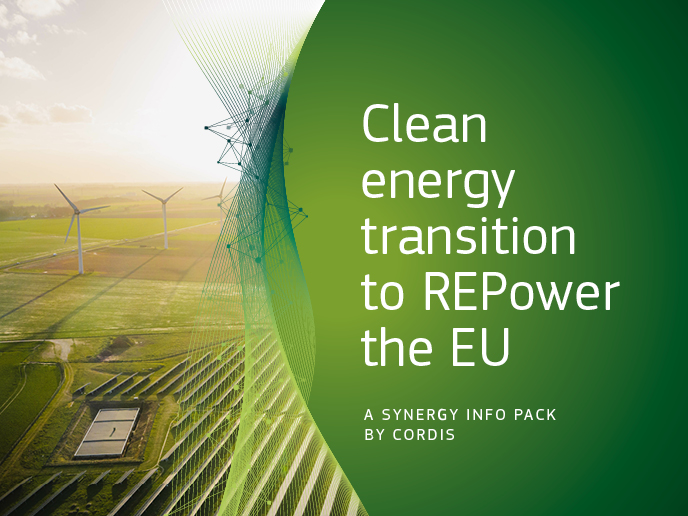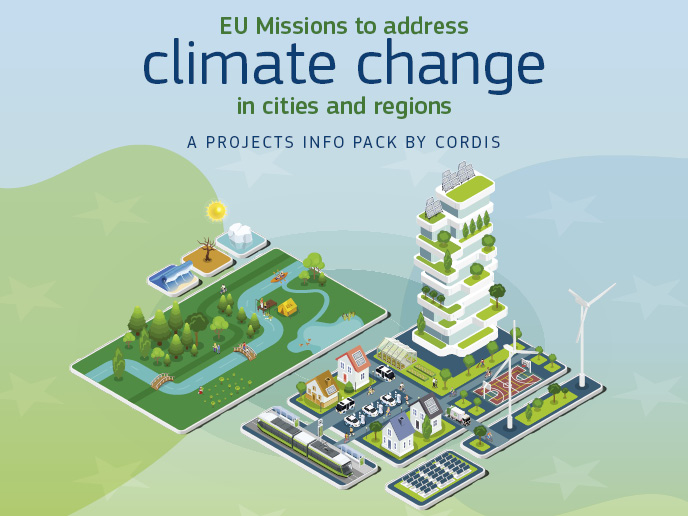The cost of a natural disaster
Natural disasters such as floods, tidal waves, avalanches and droughts have a large impact on communities and can compromise a healthy economy. By being able to calculate the economic costs of disasters more accurately, stakeholders such as governments, policymakers and insurers can help address a natural hazard more effectively. The aim of the EU-funded project 'Costs of natural hazards' (Conhaz) was to help find better ways to calculate these costs and help economies stand on their own feet again. The project sought to assemble data on cost evaluation methods in order to refine natural hazard management and planning. It aimed to analyse the different methods and produce recommendations on dealing with disasters, in addition to defining further research needed. As a first step, Conhaz defined direct costs and also indirect costs, such as those due to business interruption, as well as non-market costs and risk mitigation costs. It also gathered information from previously completed local and regional projects on the topic and formed a stakeholder database to disseminate the newly formed recommendations. The resulting database features contact details of stakeholders, such as representatives of civil society, relevant EU representatives, policymakers and decision makers. Another important part of the project concerned the establishment of networks to boost knowledge exchange and identifying EU initiatives on hazards, risk prevention and adaptation. In addition, the project team established a website which communicated the project's aims and served as a communication platform to exchange information on the topic. All the results and findings were communicated through different workshops, as well as through a final conference featuring experts from the European Commission, academia, insurance companies, governments and consulting firms. These events represented a starting point to simulating the costs of natural hazards, creating plans to address disasters and helping society recover much more quickly.







